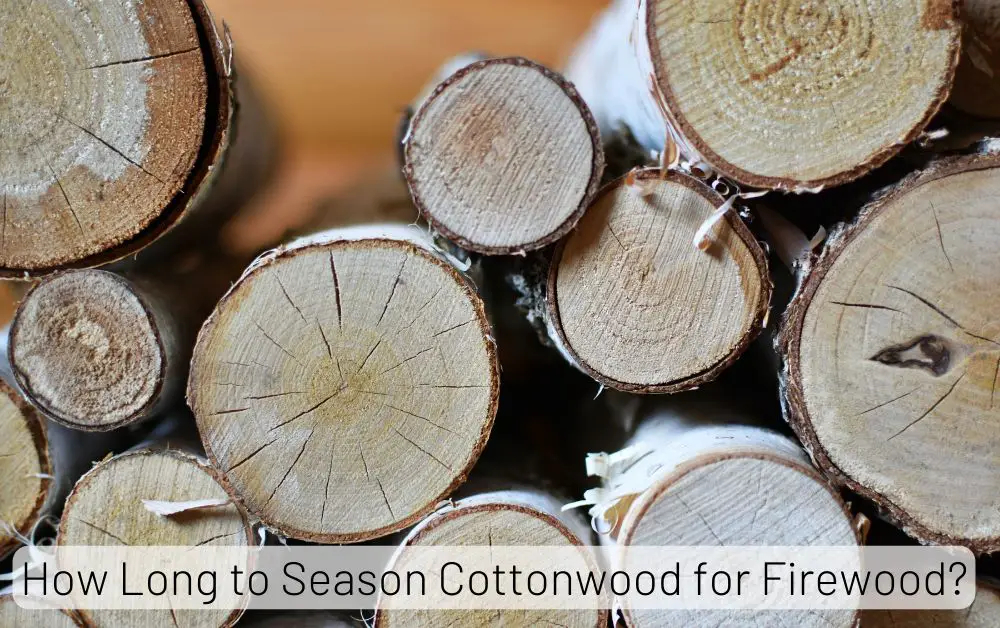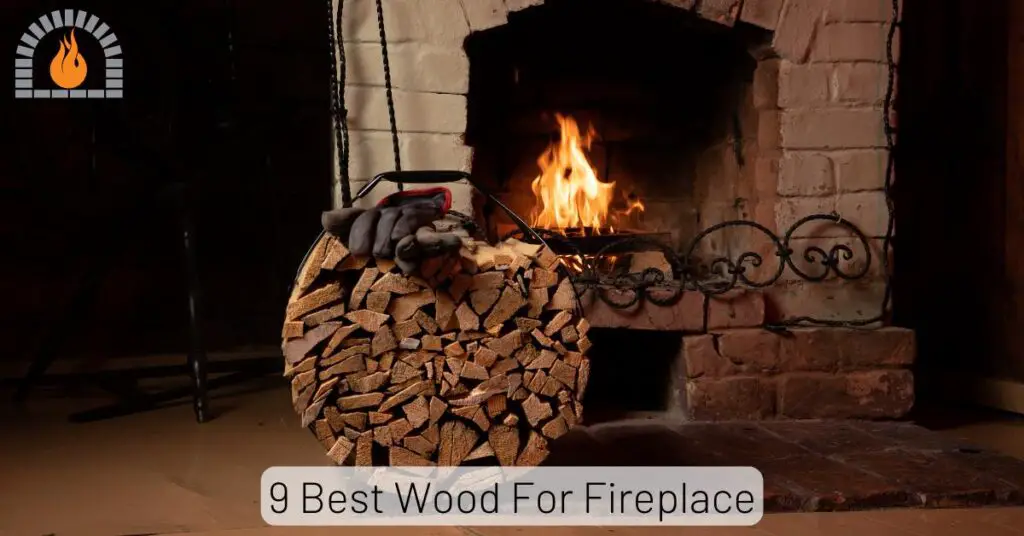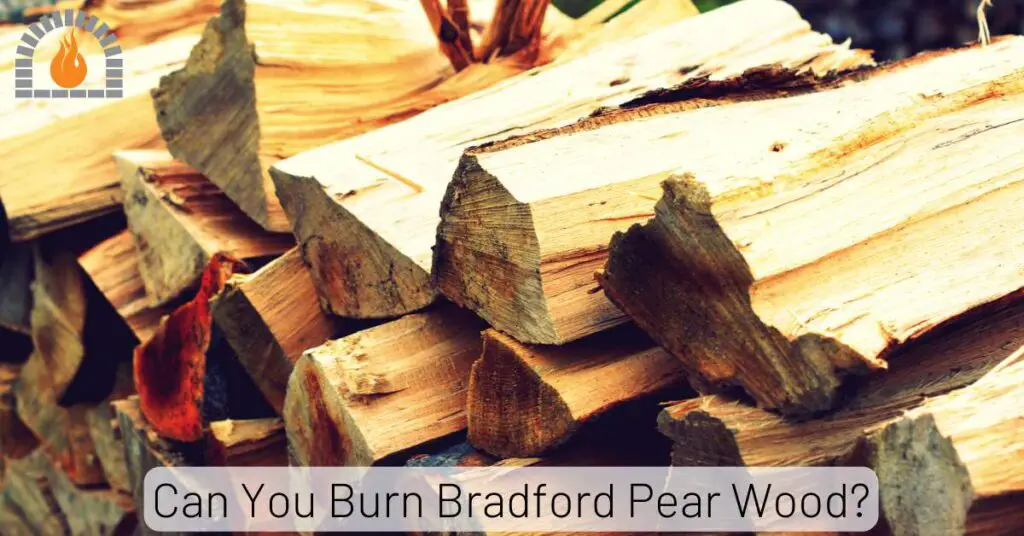Selecting the right chainsaw chain can dramatically impact your cutting efficiency, safety, and the overall performance of your saw. Chainsaw chains come in various configurations, each designed for specific tasks, wood types, and skill levels.
Understanding the differences between full chisel, semi-chisel, low-profile, and specialty chains is crucial for both professional loggers and weekend warriors alike.
This comprehensive guide will walk you through everything you need to know about chainsaw chain types, specifications, and selection criteria to ensure you’re always working with the optimal chain for your needs.
Key Takeaways
- Chainsaw chains differ primarily in cutter shape, pitch, gauge, and arrangement
- Full chisel chains cut faster but require more maintenance and skill
- Semi-chisel chains stay sharp longer and are better for dirty wood
- Chain pitch (distance between links) must match your chainsaw’s drive sprocket
- Chain gauge (thickness of drive links) must match your guide bar
- Different chains are optimized for different tasks: bucking, limbing, ripping, etc.
- Regular maintenance significantly extends chain life and ensures safety
- Matching the right chain to your skill level and intended use is critical
Types of Chainsaw Chains
| Chain Type | Cutting Speed | Durability | Safety | Best For |
|---|---|---|---|---|
| Full Chisel | Excellent | Fair | Poor | Clean wood, professional use |
| Semi-Chisel | Good | Very Good | Good | Dirty wood, general purpose |
| Low-Profile | Fair | Good | Excellent | Light duty, beginners |
| Ripping | Good (with grain) | Good | Good | Milling, woodworking |
| Safety | Fair | Good | Excellent | Beginners, safety-critical applications |
| Carbide-Tipped | Good | Excellent | Fair | Abrasive materials, rescue operations |
Chainsaw chains are primarily categorized by their cutter design, which determines their cutting speed, durability, and suitability for different tasks. Let’s explore the most common types available on the market today.
1. Full Chisel Chains
Full chisel chains feature square-cornered teeth that cut aggressively and quickly through wood. These chains are designed for maximum cutting efficiency and are favored by professional loggers and experienced users who need to make fast, clean cuts in clean wood.
Advantages:
- Fastest cutting speed
- Excellent for clean wood conditions
- Efficient cutting with less effort
Disadvantages:
- Dulls quickly in dirty or frozen wood
- Requires more frequent sharpening
- Less forgiving for inexperienced users
- Higher kickback potential
Full chisel chains are ideal for professional forestry operations, milling, and situations where cutting speed is the top priority. However, they require more maintenance and skill to use safely.
2. Semi-Chisel Chains
Semi-chisel chains have rounded-cornered teeth that are more durable than full chisel chains. They maintain their sharpness longer, especially when cutting through dirty wood or working in abrasive conditions.
Advantages:
- Stays sharp longer than full chisel
- Better performance in dirty or frozen wood
- More forgiving for less experienced users
- Lower kickback potential
Disadvantages:
- Slightly slower cutting speed
- Less efficient in clean wood conditions
Semi-chisel chains are excellent choices for homeowners, farmers, and those working in less-than-ideal conditions where the wood might contain dirt, debris, or be frozen.
3. Low-Profile Chains
Low-profile chains feature smaller, lighter cutters and drive links. These chains are designed for smaller, consumer-grade chainsaws and are often used on electric and battery-powered models.
Advantages:
- Reduced kickback potential
- Easier to maintain
- Less vibration
- Ideal for light-duty tasks
Disadvantages:
- Not suitable for professional-grade saws
- Limited cutting capacity
- Less durable for heavy-duty tasks
Low-profile chains are perfect for pruning, trimming, and light cutting tasks around the home. They’re also the safest option for beginners and casual users.
4. Ripping Chains
Ripping chains are specialized chains designed for cutting parallel to the wood grain, typically used in chainsaw milling operations. They feature a different cutter geometry that’s optimized for this specific type of cutting.
Advantages:
- Excellent for making dimensional lumber
- Produces smoother cuts when milling
- More efficient for long-grain cutting
Disadvantages:
- Not suitable for cross-cutting
- Specialized use limits versatility
- Typically more expensive
Ripping chains are essential for anyone using a chainsaw mill to produce lumber or beams from logs.
5. Safety Chains
Safety chains are designed with reduced kickback potential as the primary consideration. They typically feature additional safety features like bumper links or depth gauges that limit the bite of the cutters.
Advantages:
- Significantly reduced kickback risk
- Safer for inexperienced users
- Often required by safety regulations
Disadvantages:
- Slower cutting speed
- Less efficient
- May not be suitable for professional use
Safety chains are often recommended for beginners and are sometimes required by insurance or safety regulations in certain work environments.
6. Carbide-Tipped Chains
Carbide-tipped chains feature cutters with tips made of tungsten carbide, an extremely hard material that maintains sharpness much longer than standard steel.
Advantages:
- Exceptional durability
- Stays sharp up to 10 times longer
- Excellent for cutting dirty or abrasive materials
Disadvantages:
- Much more expensive
- Requires special equipment to sharpen
- More brittle and can chip if mishandled
Carbide-tipped chains are ideal for cutting dirty wood, treated lumber, or materials that would quickly dull standard chains. They’re popular in rescue operations and for cutting through materials that might contain nails or other debris.
Chainsaw Chain Specifications and Measurements
When selecting a chainsaw chain, you need to understand several key specifications that determine compatibility with your chainsaw. Getting these measurements wrong can result in poor performance or even dangerous operation.
Chain Pitch
Chain pitch refers to the distance between any three consecutive rivets divided by two. It’s one of the most critical measurements for chain compatibility. Common pitch sizes include:
- 1/4″ – Used on small, lightweight saws
- .325″ – Common on mid-range consumer saws
- 3/8″ – Standard on most consumer and professional saws
- .404″ – Typically found on large professional saws
The pitch of your chain must match the pitch of your chainsaw’s drive sprocket and the nose sprocket of your guide bar.
Chain Gauge
Chain gauge refers to the thickness of the drive links. This measurement must match the groove in your guide bar. Common gauge sizes include:
- .043″ – Used on many small consumer saws
- .050″ – Common on consumer and light professional saws
- .058″ – Found on many mid-range professional saws
- .063″ – Used on heavy-duty professional saws
Using a chain with the wrong gauge can result in poor performance, excessive wear, or even dangerous operation.
Chain Length
The length of a chainsaw chain is typically expressed as the number of drive links. This measurement must be compatible with your guide bar’s length and type. Chains for the same nominal bar length (e.g., 16″) may have different numbers of drive links depending on the specific bar and chain combination.
Cutter Sequence
Chainsaw chains come in different cutter sequences, which determine how many cutters are in the chain and their arrangement:
- Standard sequence: One cutter per link
- Skip sequence: Every other link is a cutter (fewer cutters, faster in large wood)
- Semi-skip sequence: A compromise between standard and skip
The cutter sequence affects cutting speed, smoothness, and the types of wood the chain is best suited for.
Matching Chains to Specific Tasks and Wood Types
Different chainsaw chains excel at different tasks and wood types. Understanding these matchups will help you select the optimal chain for your specific needs.
Bucking and Felling
For felling trees and bucking (cross-cutting) logs, you generally want a chain that balances speed and durability:
- Clean wood: Full chisel chains provide the fastest cutting speed
- Dirty or frozen wood: Semi-chisel chains maintain sharpness longer
- Large diameter wood: Skip-tooth chains can cut faster by clearing chips more efficiently
Limbing and Pruning
For limbing and pruning tasks, where precision and control are more important than raw cutting speed:
- Low-profile or semi-chisel chains offer better control
- Shorter bars with reduced kickback chains enhance safety
- Narrow-kerf chains reduce the effort required
Milling and Woodworking
For chainsaw milling and woodworking applications:
- Ripping chains are specifically designed for cutting with the grain
- Full chisel chains can be used but require more frequent sharpening
- Specialized milling chains produce smoother surfaces
Cutting Dirty or Abrasive Materials
When cutting wood that’s dirty, frozen, or contains debris:
- Semi-chisel chains resist dulling better than full chisel
- Carbide-tipped chains offer exceptional durability
- Safety chains with reduced kickback are recommended for less predictable materials
Safety Considerations for Different Chain Types
Safety should always be your top priority when working with chainsaws. Different chain types have different safety characteristics that you need to understand.
Kickback Risk
Kickback occurs when the chain near the tip of the guide bar contacts wood or another object, causing the saw to jerk back toward the operator. Different chain types have different kickback tendencies:
- Full chisel chains have the highest kickback potential
- Semi-chisel chains have moderate kickback risk
- Low-profile and safety chains have the lowest kickback potential
Always use chains with reduced kickback features if you’re inexperienced or working in conditions where kickback is more likely.
Safety Features
Modern chainsaw chains often incorporate safety features to reduce the risk of injury:
- Bumper links: Special links between cutters that reduce the depth of cut
- Low-kickback cutter designs: Specially shaped cutters that reduce the risk of kickback
- Vibra-ban systems: Features designed to reduce vibration and operator fatigue
Personal Protective Equipment
Regardless of the chain type you choose, always wear appropriate personal protective equipment (PPE):
- Chainsaw chaps or pants
- Cut-resistant gloves
- Eye and ear protection
- Sturdy boots
- Hard hat when working with falling limbs
Maintenance and Sharpening Tips
Proper maintenance is essential for getting the best performance and longest life from your chainsaw chain. Different chain types have different maintenance requirements.
Sharpening Frequency
The frequency of sharpening depends on the chain type and usage conditions:
- Full chisel chains: Require sharpening after every few tanks of fuel in normal use
- Semi-chisel chains: Can go 2-3 times longer between sharpening
- Carbide-tipped chains: Stay sharp much longer but require special equipment when they do need sharpening
Sharpening Techniques
Different chain types require slightly different sharpening techniques:
- Full chisel chains: Require precise angles and a flat file
- Semi-chisel chains: More forgiving with sharpening angles
- Carbide-tipped chains: Require diamond files or specialized sharpening equipment
Always follow the manufacturer’s recommendations for sharpening angles and techniques.
Tension and Lubrication
Proper chain tension and lubrication are critical for all chain types:
- Check chain tension before each use
- Adjust according to the manufacturer’s specifications
- Ensure the oiling system is working properly
- Use the correct type of bar and chain oil for your conditions
When to Replace Your Chainsaw Chain
Even with proper maintenance, chainsaw chains eventually wear out and need replacement. Here are signs that it’s time to replace your chain:
- The cutters are worn down and can’t be sharpened effectively
- The chain stretches beyond the adjustment range of your saw
- Drive links are worn or damaged
- The chain no longer holds tension properly
- Performance decreases significantly even after sharpening
Regular inspection of your chain will help you identify these issues before they become safety hazards.
Chainsaw Chain Specifications Chart
| Specification | Common Sizes | Typical Applications |
|---|---|---|
| Pitch | 1/4″, .325″, 3/8″, .404″ | 1/4″ and .325″ for small saws, 3/8″ standard, .404″ for large professional saws |
| Gauge | .043″, .050″, .058″, .063″ | .043″ and .050″ for consumer saws, .058″ and .063″ for professional saws |
| Cutter Sequence | Standard, Semi-Skip, Skip | Standard for general use, Skip for large wood |
| File Size | 4mm, 5/32″, 3/16″, 7/32″ | Varies by chain type and manufacturer |
Matching Chain Types to Applications
| Application | Recommended Chain Type | Key Considerations |
|---|---|---|
| Felling (clean wood) | Full Chisel | Maximum cutting speed |
| Felling (dirty wood) | Semi-Chisel | Durability in adverse conditions |
| Bucking (cross-cutting) | Full or Semi-Chisel | Balance of speed and durability |
| Limbing | Low-Profile or Semi-Chisel | Control and safety |
| Pruning | Low-Profile | Precision and reduced kickback |
| Milling | Ripping Chain | Optimized for cutting with grain |
| Firewood | Semi-Chisel | Good balance of speed and durability |
| Professional Logging | Full Chisel or Skip-Tooth | Maximum productivity |
| Homeowner Use | Semi-Chisel or Low-Profile | Safety and ease of maintenance |
FAQs
What’s the difference between full chisel and semi-chisel chains?
Full chisel chains have square-cornered teeth that cut faster but dull quickly, especially in dirty wood. Semi-chisel chains have rounded-cornered teeth that stay sharp longer but cut slightly slower. Full chisel is best for clean wood and professional use, while semi-chisel is better for general use and dirty conditions.
How do I know what chain fits my chainsaw?
You need to match three key specifications: pitch, gauge, and the number of drive links. Check your chainsaw’s manual or the markings on your current chain and guide bar. The pitch (distance between rivets), gauge (thickness of drive links), and number of drive links must all match for proper fit and safe operation.
How often should I sharpen my chainsaw chain?
The frequency depends on usage and chain type. Full chisel chains typically need sharpening after every few tanks of fuel, while semi-chisel chains can go 2-3 times longer. If your saw is producing sawdust instead of wood chips, or you find yourself pressing down hard to cut, it’s time to sharpen.
Final Thoughts:
Choosing the right chainsaw chain is essential for optimal performance, safety, and efficiency. By understanding the different types of chains available—from aggressive full chisel chains to durable semi-chisel options and specialized ripping chains—you can select the perfect chain for your specific needs and applications.
Remember to always match the chain’s pitch, gauge, and length to your chainsaw’s specifications, and consider the type of wood you’ll be cutting and your experience level when making your selection. Proper maintenance, including regular sharpening and proper tensioning, will extend the life of your chain and ensure safe operation.
Whether you’re a professional logger, a weekend woodcutter, or somewhere in between, investing in the right chainsaw chain will make your work easier, safer, and more enjoyable. Take the time to understand your options and choose wisely—your chainsaw will thank you with years of reliable service.
Affiliate Disclosure: Fireplaceadviser.com is a participant in the Amazon Services LLC Associates Program. We may earn a commission when you click on certain links on this site and purchase.

Hello!! I am Jamal Khan. I often fix my home electric heaters and gas stove problems and research the common issues in the heating units to improve my knowledge and expertise. The aim of establishing fireplaceadviser.com is to share my expertise and knowledge with my audience.


















